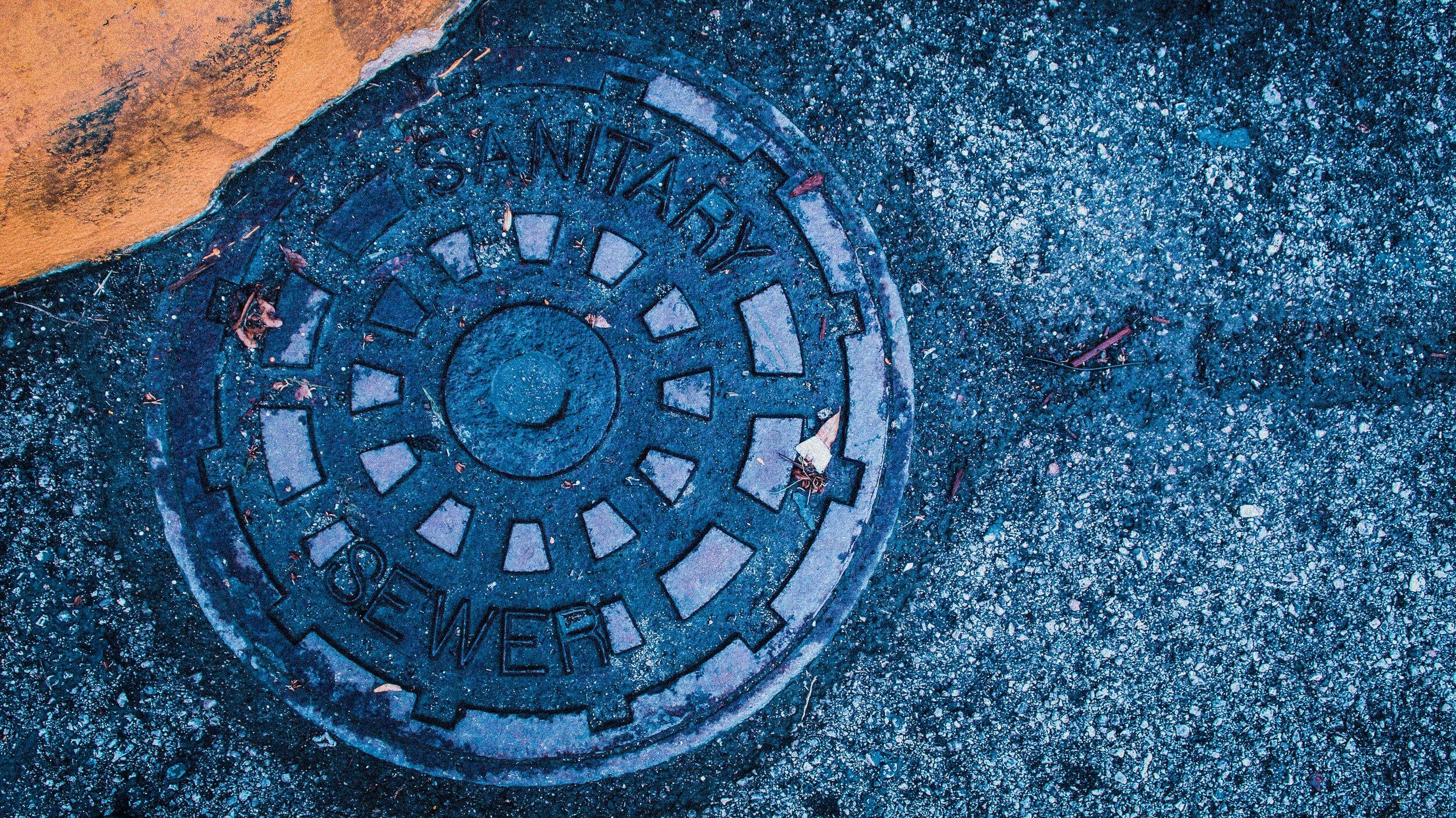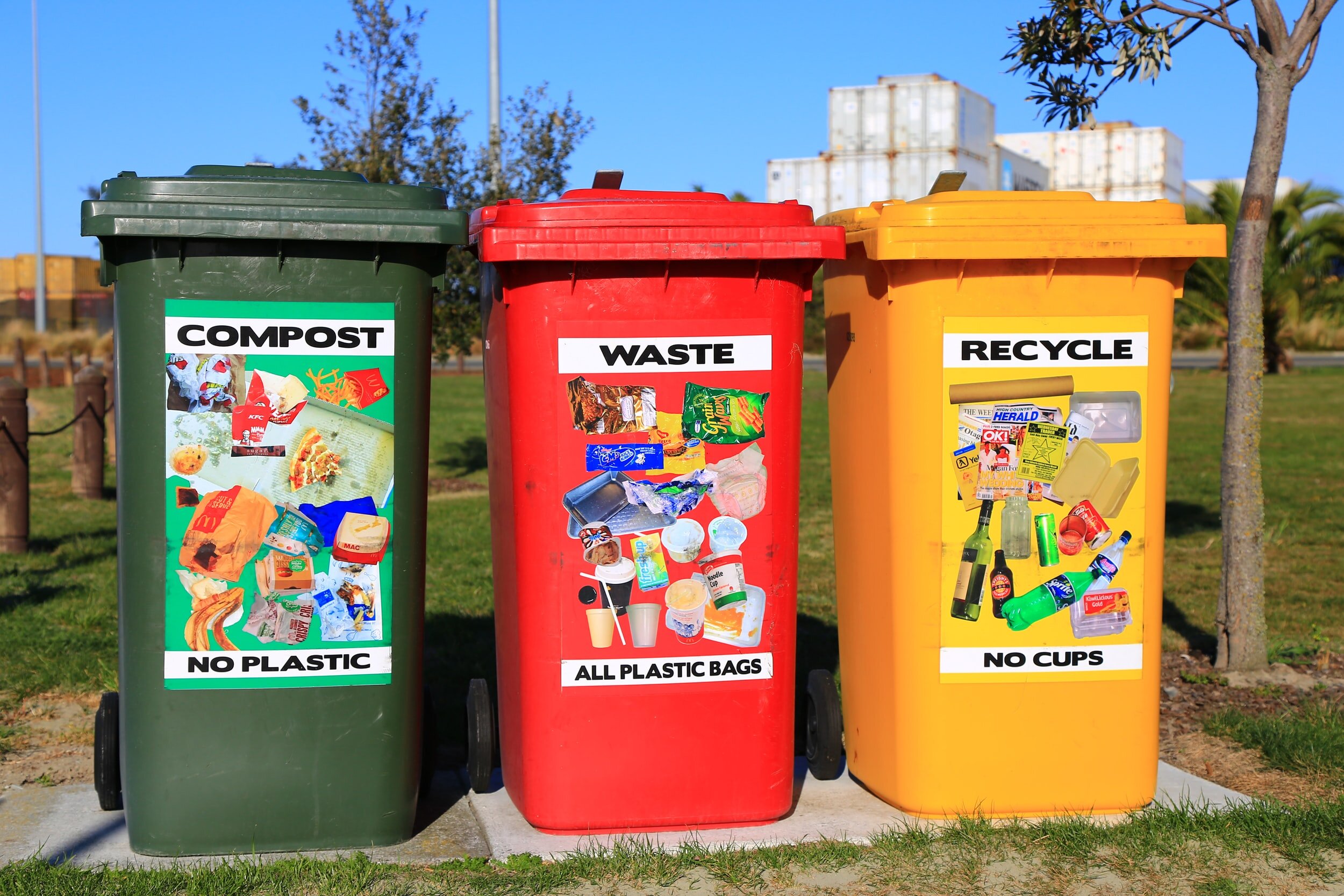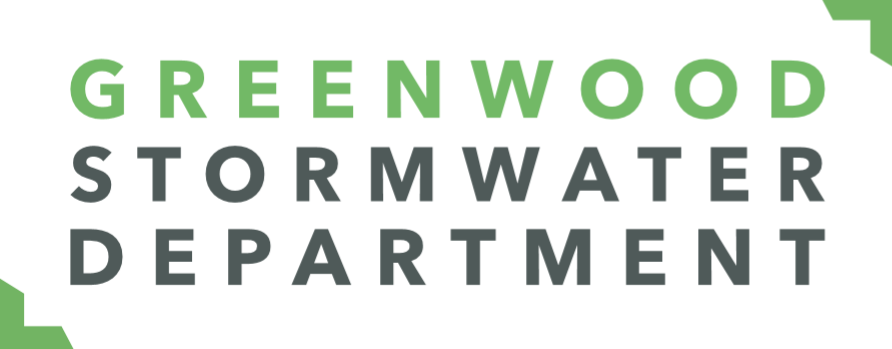
Storm and Sanitation
What is a Sewage Overflow?
Sanitary Sewer Overflows (SSOs) are a release of untreated or partially treated sewage from a municipal sanitary sewer.
Combined sewer overflows occur during storms when there is more stormwater flowing than the pipes leading to a treatment plant can handle. The excess runoff flushes human and industrial wastes, oil, toxic metals, pesticides, and litter into streams.
How Can We Prevent Sewage Overflows?
-

Routine Maintenance
Be Preventative!
Routinely jet lines around the city to avoid pipes failing. With continuous build up of oil, grease, fats, etc. and no maintenance, these pipes become clogged and can back up into a home. Think of it like an artery. Fat coats the edges of the pipe until it is unable to let water/sewage pass through.
Clogs aren’t just nuisances. Backed-up water puts added pressure on your wastepipes, stressing them and shortening their lifespan.
Using the pipe camera to identify any obstructions is beneficial to ensuring the success of the pipe. Often, damaged pipes that allow groundwater to seep in. This results in the unnecessary treatment of uncontaminated groundwater. This can become very costly for the city.
-

Education
Educate your family and friends on what they can and cannot flush/put down the drains.
Can:
Toilet Paper
Water
Human waste
Cannot:
Wet Wipes (even if they say ‘flushable’, they are not)
Oil
Grease
Hygiene Products

Be careful what you are putting down your garbage disposal. Refrain from items that include grease and oil.
Sump Pumps:
Find It, Fix It
If you see a sump pump discharging into a sanitary sewer, report it. Sump pumps release uncontaminated groundwater. The clean groundwater is then sent to Indianapolis and treated for a cost.
Sump pumps may be tied into a storm sewer rather than sanitary.
Good Housekeeping
Please Fill Out
Stating You Participated in 2021 Stormwater Training
Learn Stormwater in a Different Department


